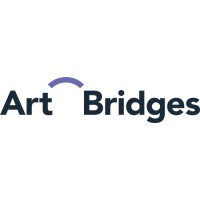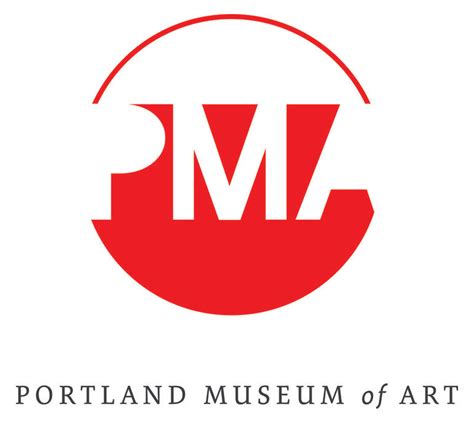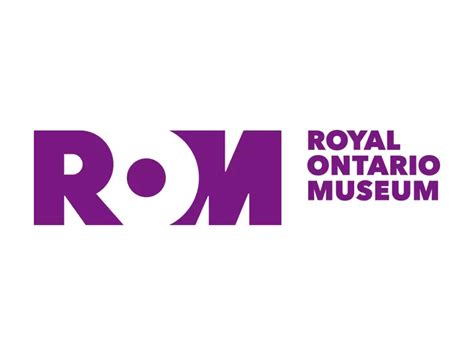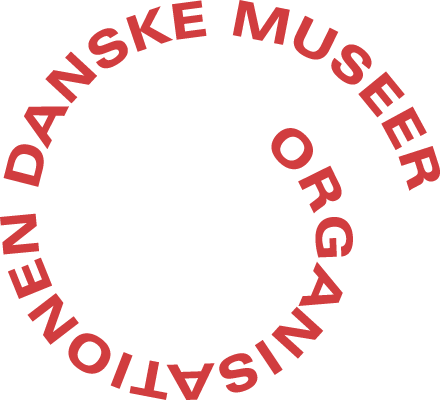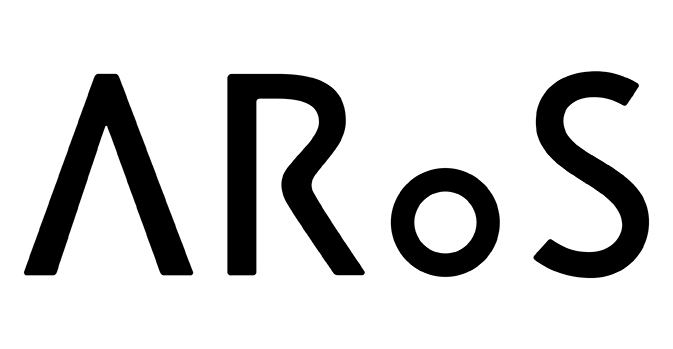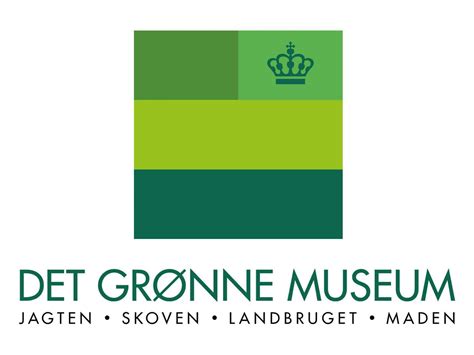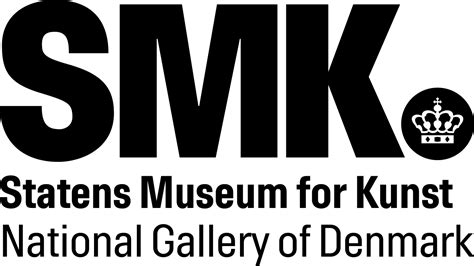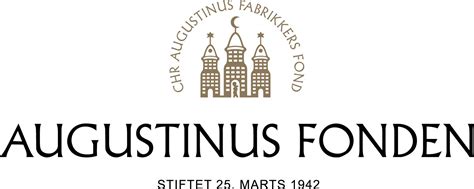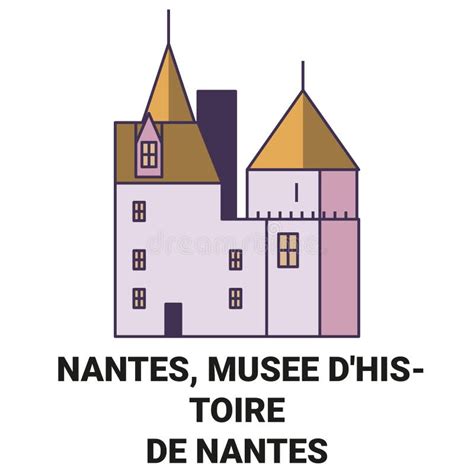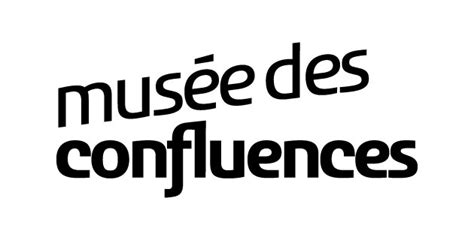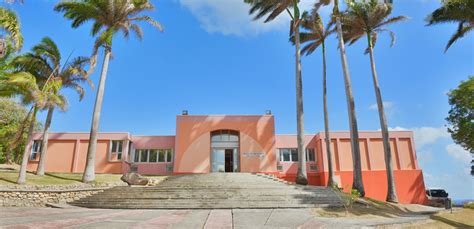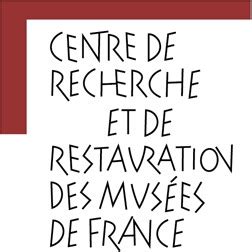Outdated practices are unsustainable
Getting Climate Control Under Control
60 – 70% of a museums’ energy consumption comes from HVAC systems and climate control. And it’s not necessary. Find out how museums are updating climate control to save carbon and money – and how you can, too!
Update Climate Control
Museums globally are saving energy and money by implementing new practices for climate control - all while upholding best preservation standards. You can too!
Getting Climate Control Under Control Program
The Getting Climate Control Under Control program is an international movement to support museums in saving money, carbon, and making their collections more accessible by working collectively to update climate control parameters and loan agreements.

What is climate control?
Climate control in museums is the regulation of temperature and relative humidity for preserving artifacts and artworks. Museums use systems like HVAC (heating, ventilation and air conditioning), dehumidifiers, and climate monitors to prevent damage, control contaminants, and remove harmful gases, ensuring artifacts remain in optimal conditions.
However, these systems can be very costly to maintain, as they consume significant amounts of energy. In fact, climate control is often one of the highest operational expenses for a museum and the most energy intensive.
Additionally, having strict climate control can inhibit loan agreements – making art less accessible and more likely to sit in storage rather than be enjoyed.
Museums can save 24% - 82% on their energy consumption by updating their climate control practices!
What are current practices and what are best practices?
Many museums are using conditions that are not tailored to their collections, consuming energy unnecessarily, this is a key opportunity for huge savings while still caring for our collections.
Best practice for collections care is not numbers found in a book but rather bespoke, tailored parameters based on the actual needs of the collection, the geographical location, and the capacity of the facilities.
Getting Climate Control Under Control
Program background and development
Step 1: Survey
What current climate control practices are and why? To understand current museum practices regarding climate control, a survey was conducted to assess who is using what, and why… The results? There is very little clarity not only about what temperature and relative humidity ranges are best for collections, but also what the “standards” and guidelines even say!
Step 2: The International Climate Control Conference
The conference outlined the latest on climate control- we learned from leading scientists, membership organizations, and museums about their practices and why it’s time to change
Step 3: Declaration
In collaboration with Tino Sehgal and Art 2030, the Getting Climate Control Under Control Declaration received over 100 signatures from global museum leaders. On board? Sign the Declaration!
Step 4: Put it into action! Program pilot
It’s time to change – but how? The Climate Control Pilot, in collaboration with the Association of Danish Museums walked 10 museums through the process

How it works



An International Coaching and Training Network
Program includes:
- Coaching
- Live workshops and courses
- International community
- Best practices for your collections!
A Global Movement
Organizations from around the globe have successfully reduced their energy and carbon through the Getting Climate control Under Control Program. Find out more about the participants and read their stories here!

Who's In
Getting Climate Control Under Control Participants and Partners from around the world
